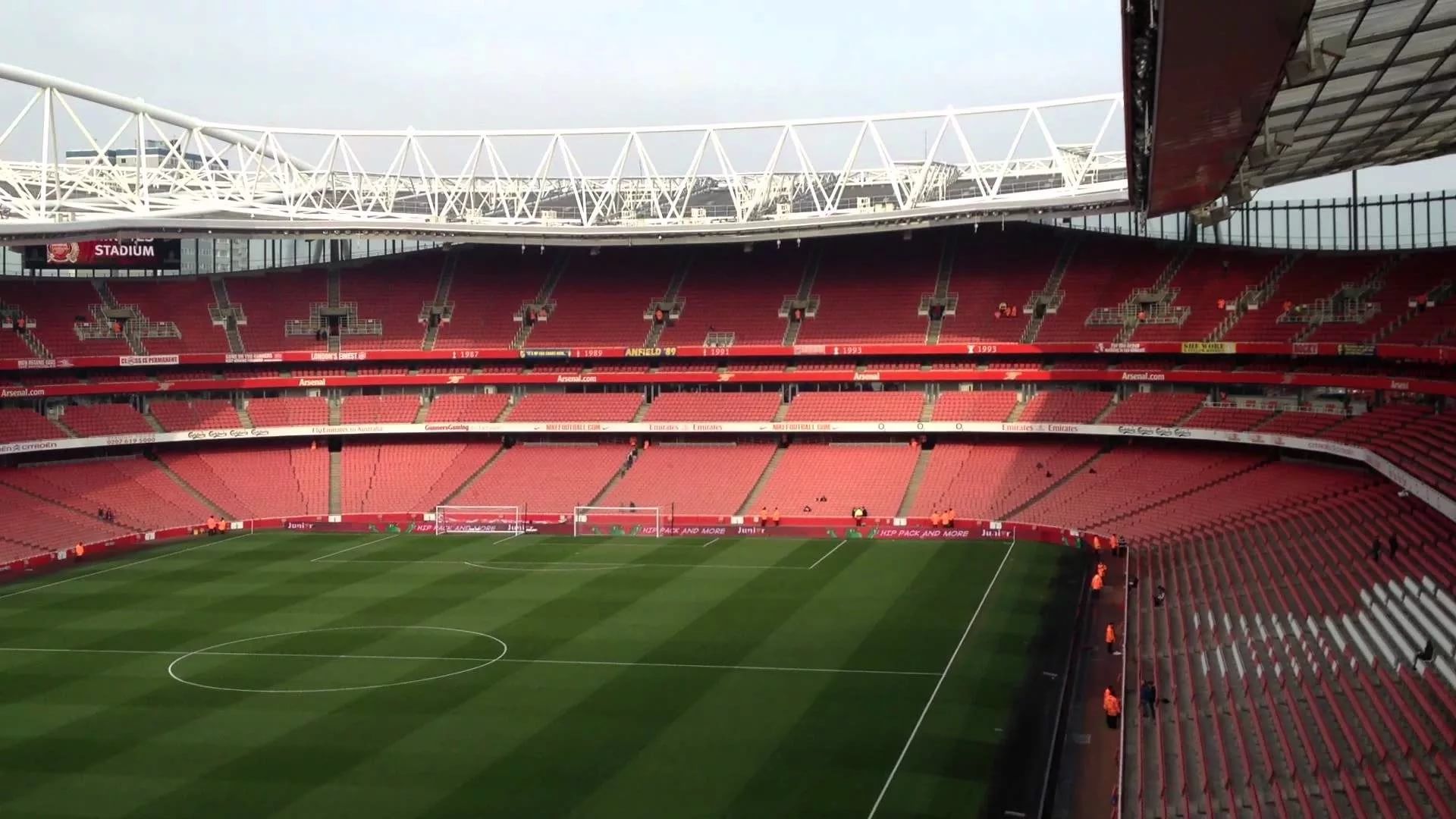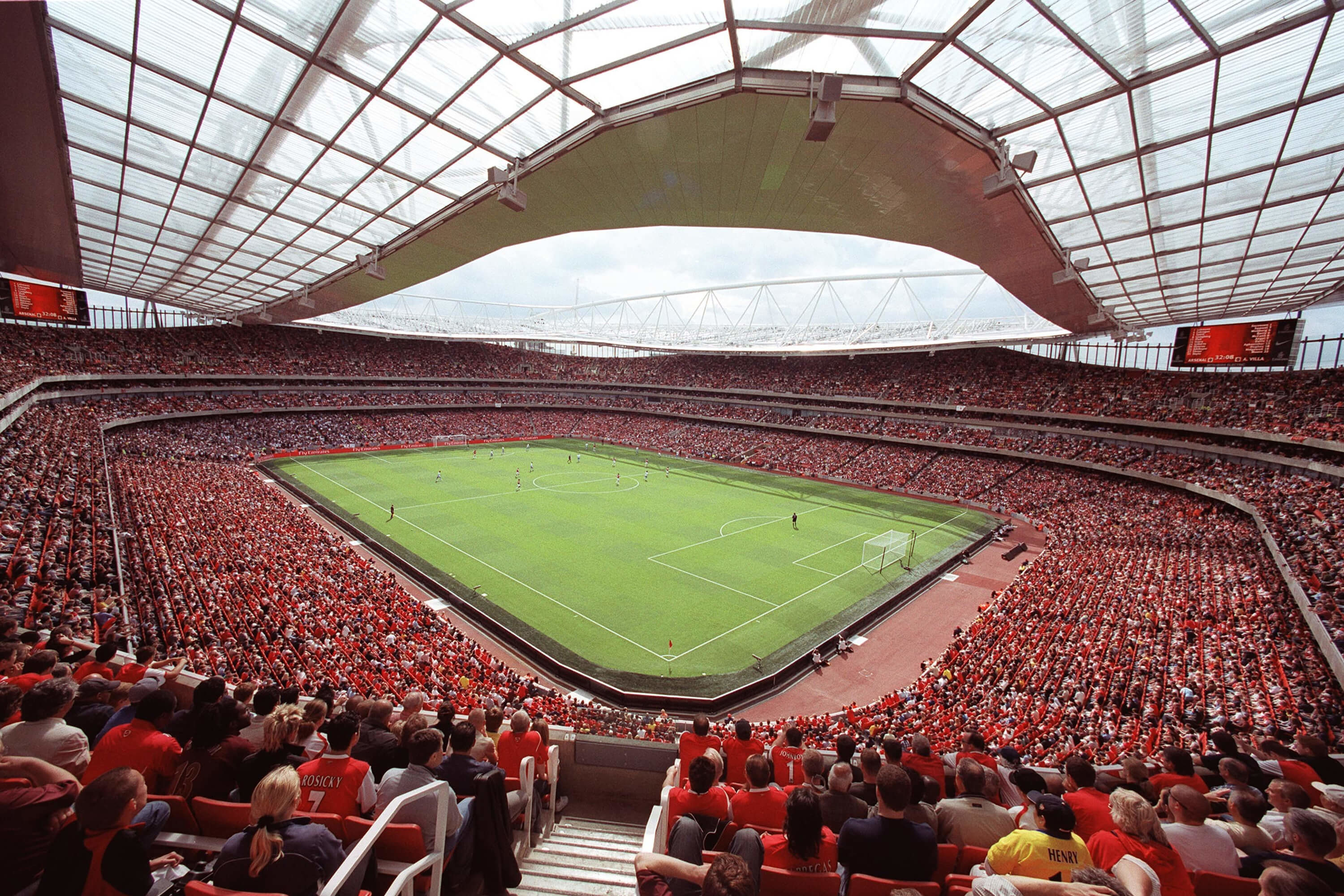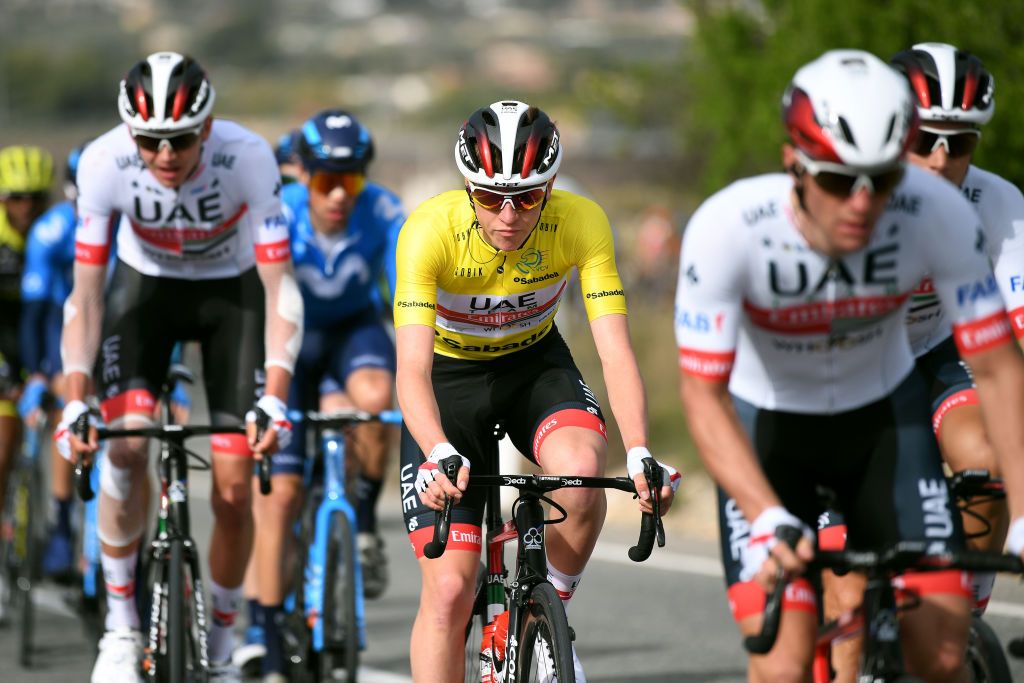Apart from being the capital city, it is also the second largest emirate in the world with an approximate population of 1.6 million people. Abu Dhabi is classified as one of the wealthiest cities in the world with most of its revenue originating from petroleum products. This emirate accounts for approximately two-thirds of the UAE economy.
What Are The 5 Emirates Of UAE Unlike Dubai which is more Westernized, Abu Dhabi is more into cultural traditions. Abu Dhabi is the capital and the second most populous city of the United Arab Emirates , and also capital of the Emirate of Abu Dhabi, the largest of the U.A.E's seven emirates. Abu Dhabi lies on a T-shaped island jutting into the Persian Gulf from the central western coast. The city of Abu Dhabi has an estimated population of 1.8 million in 2016. Abu Dhabi houses federal government offices, is the seat of the United Arab Emirates Government, home to the Abu Dhabi Emiri Family and the President of the U.A.E, who is from this family. Abu Dhabi's rapid development and urbanisation, coupled with the relatively high average income of its population, has transformed the city into a large and advanced metropolis.
Today the city is the country's centre of political and industrial activities, and a major cultural and commercial centre, due to its position as the capital. Abu Dhabi accounts for about two-thirds of the roughly $400-billion United Arab Emirates economy. Despite being the smallest emirate, Ajman is the fourth most populous state in the UAE with about 258,000 people. The major tourist attractions in this area include cultural destinations, hotels, and shopping malls. The commercial sector of this state is also well developed. The city hosts the Ruler's office, several banks, and approximately fifty local and international retail shops.
Ajman was founded in 1803 after Sheik Rashid bin Humaid Al Nuami conquered the coastal settlements. Sharjah is the third largest and third most populous city in the United Arab Emirates, forming part of the Dubai-Sharjah-Ajman metropolitan area. It is located along the southern coast of the Persian Gulf on the Arabian Peninsula. Sharjah has been ruled by the Al Qasimi dynasty since the 18th century. The city is a centre for culture and industry, and alone contributes 7.4% of the GDP of the United Arab Emirates.
The city covers an approximate area of 235 km² and has a population of over 800,000 . This has helped Sharjah increase the number of Islamic tourists who visit the country. The 2016 edition of QS Best Student Cities ranked Sharjah as the 68th best city in the world to be a university student. Sharjah is regarded as the cultural capital of the UAE, and was the Islamic culture capital in 2014. Ras al-Khaimah is situated to the northern part of the UAE, bordering part of Oman's territory, the Musandam.
The population of this emirate is 205,000 people, and the Emirati citizens are the largest group. Ras al-Khaimah does not have any oil, and it has, therefore, focused on advancing its industrial sector. The primary economic areas of Khaimah include real estate, tourism, building materials, service sector, and agriculture. The most recognized types of attraction in this emirate include shopping, nature, parks, water, and amusement parks. The capital city of this emirate is also referred to as Ras al-Khaimah and it is a home to most of the citizens of Ras al-Khaimah emirate.
Dubai may be the second-largest emirate in the country, but it holds the most significant population, the majority of which are ex-pats from around the world. Dubai has a thriving business and tourism industry, having a skyline dotted by majestic buildings and towers. Here, you will find the Burj Al Arab (a 7-star hotel), the Burj Khalifa , and the luxurious Palm Trilogy islands, among many other attractions. And also he is the Vice President & Prime Minister of the UAE since 4 January 2006. Dubai boasts world-class hotels, modern architecture, entertainment and dining venues, traditional markets, shopping centers, and sporting events.
Dubai's famous places to visit include Burj Khalifa, Burj Al Arab, The Dubai Mall, Mall of Emirates, Palm Jumeirah, Hatta Mountains, Dubai Frame, Quranic Park, and many more. In 2014 Dubai has voted for the world's biggest show, EXPO-2020 Dubai. The city of Ras Al Khaimah, the capital of the emirate, is divided into two parts by a creek. The western part, known as "old Ras Al Khaimah", consists of government departments, educational institutions, shopping malls, hotels as well as residential areas and new construction projects. The eastern part, known as Al Nakheel, houses the Emiri Court, markets, Ras Al Khaimah Exhibition Centre, hospitals and residential areas housing the majority of the city's population.
Ras Al Khaimah has a rich history and was renowned for its prosperous port and its exquisite pearls, which were famous for being the whitest and roundest in the world. Dubaimay be the second-largest emirate in the country, but it holds the biggest population, majority of which are expats from around the world. Dubai is the most populous and the largest emirate in the UAE with approximately 2,502,715 people. The emirate has majorly developed due to trade and tourism.
Notably, it is the most progressive emirate among the seven emirates. Dubai is classified as an alpha city due to its strong economy. Despite being a desert, the country has managed to utilize its resources and according to the 2015 statistics, it has an annual GDP of 105.6 billion USD. Unlike its neighboring emirates such as Abu Dhabi, the oil reserves of Dubai have been exhausted; oil contributes only 2 % of the total GDP of this emirate.
Although it started as a port, Dubai has developed into a luxurious emirate that is home to the world's tallest building. Abu Dhabi is the largest Emirate of the UAE which is rich, modern, and prosperous. It has high skyscrapers, chic shopping centers, comfortable and beautiful hotels, and clean beaches. Abu Dhabi city, the largest city of the emirate, is also the capital of the UAE. The Ruler of Abu Dhabi is also the President of the United Arab Emirates.
Ras Al Khaimah is the fourth-largest emirate in the country, spanning an area of 1700 square kilometers. Notably, about 50 percent of its population are nationals or Emiratis. Lately, the emirate has also been expanding its business and tourism industries. Among its noteworthy attractions are the Dhayah Fort, Ras Al Khaimah National Museum, and Iceland Water Park.
Beautiful sandy beaches and the clear blue seas of the Gulf of Oman have made this coast a haven for swimming, diving, fishing and relaxing. The inland desert is quite spectacular with impressive red sand dunes. The Emirate of Sharjah has developed a unique reputation as a cultural, heritage and family tourist destination providing visitors with the ideal getaway at any time of the year. Notably, about 50 percent of its population are nationals, or Emiratis. Despite being the smallest emirate of the 7 emirates in the UAE, with around 258,000 people, Ajman is the fourth most populous emirate out of seven emirates in the UAE. This area's main tourist attractions include cultural destinations, hotels, and shopping malls.
With a total population of 68,000 people, Umm al-Quwain is the least populous state in the UAE. Unlike the other emirates, Quwain has not made any findings of oil products or gas. Therefore, its economy majorly relies on revenue collected from hotels, tourism, and parks. Umm al-Quwain is the least populous emirate of the 7 emirates in the UAE, with a total population of 68,000 people. It has not made any discoveries of oil products or coal, as opposed to the other emirates. Hence its economy relies heavily on revenue from hotels, tourism, and parks.
Between the 7 Emirates of UAE, this is an emirate whose area is almost covered with mountains. Its major income is due to agriculture which is irrigated by the rainwater coming from the marvelous mountains. Some local companies and industries of stone crushing and mining are also working there which are playing a very important role in the constructions. Fujairah has basic importance in sea business because it shares the main international coastline or port with the east. All the companies relating to cattle and livestock are working in the Fujairah due to the agriculture and the farming there.
Ajman has a nice little fort/museum that is worth visiting. Things were well marked and nicely laid out to show the local history. Flew into Dubai, stayed in Sharjah, wanted to take buses around but you are right they are very limited.
So the hotel set me up with a car and driver and we saw the fine Islamic museum nearby, then the fort I just mentioned, and the small city of Umm . Went on to the mall just inside Ras, had a bite and headed back to Dubai where I got on a cruise ship. The next day was in Abu--that's some hotel and mosque--and then we finished up with a good tour of Fujariah. That was interesting--dozens of oil tankers waiting to be filled from the storage area at the pipeline terminal, the neat fort in the picture above, and magnificent mountains behind everything.
In terms of land area, Ajmanis the smallest emirate in the UAE. However, it is the fifth-largest in terms of population, majority of which are expatriates. Initially, fishing was the main industry, but recently there have been rapid developments in business and tourism. When you visit Ajman, don't forget to visit the Ajman National Museum, the Sheikh Zayed Ajman Mosque, and Emirates City.
Khaimah's key economic fields include real estate, tourism, construction materials, the utility, and agriculture sectors. Shopping, nature, parks, water, and amusement parks are among the most recognized kinds of attractions in this emirate. This emirate's capital city is also called Ras al-Khaimah and is home to most Ras al-Khaimah emirate citizens.
What makes Dubai unique is an array of activities for all tastes. And you can be sure that this city has the most developed tourist infrastructure and an incredibly high level of service. Besides multiple shopping and entertainment centers, amusement parks, gorgeous white beaches, and hotels of any category for every taste, Abu Dhabi is also famous for many cultural attractions. Just some of them are architectural delights as the Sheikh Zayed Grand Mosque and Louvre Museum on Saadiyat Island.
The economy of Umm Al Quwain is primarily contributed to through Fishing. The first poultry farm was established in Falaj Al Mualla in the emirate of Umm Al Quwain, it is considered a key supplier of poultry and dairy products to the local market. It also has plans towards expanding its commercial and investment base which is evident through its recent construction of the Free Trade Zone.
The emirate provides facilities for recreational activities; Sailing, Skydiving, dhow building, Falconry, and Camel racing, it also houses the UAE's largest water park and resort. Fujairah's economy is mainly dependent on Fishing and Agriculture as its land is irrigated by rainwater from the Hajjar mountains. It currently owns the largest livestock shipping companies in the world. The Emirate is known for its rugged mountains, valleys, waterfalls, and wide sandy beaches.
The climate condition here is more moderate compared to that of Abu Dhabi and Dubai. Due to this, weekend visitors that want to escape the heat prefer to be in Fujairah as its atmosphere is more relaxed and peaceful. In terms of land area, Ajman is the smallest emirate in the UAE. However, it is the fifth-largest in terms of population, the majority of which are expatriates.
Initially, fishing was the primary industry, but recently there have been rapid developments in business and tourism. Sharjah is famous due to tourism, masjids, seas, unique banking system, mountains, and desert, as a business city, as a trade center, and due to the industrial explosion. It almost contains forty-eight % of the total UAE's industrial production.
The states gained autonomy following World War II (1939–45), when the trucial states of Bahrain and Qatar declared independent statehood. The rest were formally united in 1971, with the city of Abu Dhabi serving as the capital. Umm Al-Qaiwain provides numerous recreational activities, from sailing to skydiving.
The biggest tourist draw however is Dreamland, the UAE's largest water park. Traditional sports are also popular in the emirate, and included dhow building, falconry, and camel racing. It is the second largest emirate by land area after Abu Dhabi, and is ruled by His HighnessSheikh Mohammed bin Rashid Al Maktoum, the Vice President and Prime Minister of the UAE.
Abu Dhabi, the largest emirate in the UAE, is also the country's capital. The tribe settled there, marking the beginning of modern Abu Dhabi. Aside from energy, the next biggest contributors to the UAE economy are real estate (around 20%), retail (around 12%) and tourism (around 10%). It's no wonder when you consider the country's staggering skyscrapers, massive shopping malls, and multiple tourist attractions. The United Arab Emirates has the second-largest economy in the middle east after Saudi Arabia and has a GDP exceeding $377 billion.
Except for Dubai, the United Arab Emirates are extremely reliant upon oil, which makes up roughly 85% of the country's exports. Tourism is also a major industry, and the UAE is home to some of the world's most luxurious accommodations. Other major industries include banking, commerce, and real estate and UAE is known for upholding great business policies and is considered one of the least corrupt countries in the world. Umm Al Quwain provides facilities for numerous recreational activities; from sailing to skydiving.
Traditional activities such as dhow building and sports such as falconry and camel racing are also popular in the emirate. Dreamland Aqua Park, the UAE's largest water park and resort attracts several visitors. Ajman is the smallest of the seven Emirates, covering 259 square kilometres, about 0.3% of the UAE's main landmass. Ajman has a few sandy beaches but is mainly characterised by the rugged Hajjar mountain range. Although Ajman city is modern and provides up-to-date services and facilities, it reflects traditional charm. Before Dubai became one of the most famous tourist spots in the UAE, it was just a small fishing and trading place.
Today, it is a cosmopolitan city that represents the global trade. It is an exciting place where there is a combination of Arab-Islamic and modern culture. Next to Abu Dhabi, it is the second biggest emirate in the UAE and led by His Highness Sheikh Mohammed bin Rashid Maktoum who is the Prime Minister of the country and the Vice President. The capital city of the united Arab emirates is Abu Dhabi, which withDubaiare considered to be the centres of the mercantile, educational ,cultural and tourism in the country.






























No comments:
Post a Comment
Note: Only a member of this blog may post a comment.